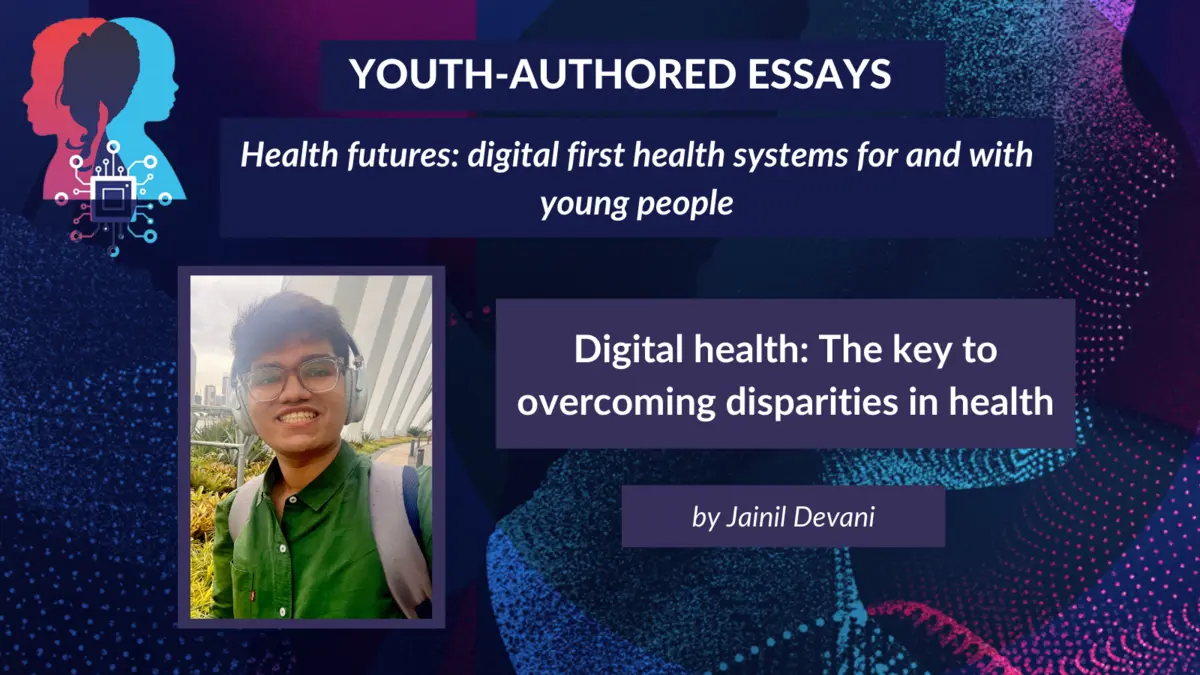This blog is part of a series of youth authored essays on Health futures: digital first health systems for and with young people. The views expressed in this blog are of the author and not of the Lancet and Financial Times Commission on Governing Health Futures 2030: Growing up in a digital world.
As the world is at the heels of exiting a massive pandemic, the healthcare landscape is going through a sea of change. Realigning priorities with the current scenario and building back better must be the focus of future steps in healthcare. One of the central domains of the new future of health is digitalisation. While this is exciting, we must also be considerate and conscientious while exploring this vista in all its depth.
The advent of digital health has been upon us since long before the pandemic, but the crises have clearly demonstrated just how beneficial and integral digitalisation can prove to be. As we slowly move into a world where the provision of healthcare relies more on digital aspects, be it record keeping, consultations, advancement in research and technology or remote medicine; we must also ensure that this tool, inherently designed to make healthcare more accessible, does not widen the disparity in and of itself.
I feel that currently, in several low and middle-income countries, the provision of healthcare varies significantly based on economic strata. The Harvard School of Public Health, India research centre has established that there still remains an economic barrier to healthcare in India, exhibited mainly by increased rates of child mortality and undernutrition, as well as by the growing burden of non-communicable diseases within poor communities. Health inequalities were further highlighted by the pandemic, and access to healthcare was unequal based on social and economic background, as concluded by the Oxfam India Report 2021. Digitalisation is an advantageous element which, if added to these landscapes, can help improve the reach of healthcare to remote corners, both socially and geographically.
Yet, governments and the decision makers of the future must ensure that it does not have the opposite effect, which is extremely possible as well. The Lancet and Financial Times Commission stresses on this, pointing out that not only direct adoption of digitalisation in healthcare; but a mission-oriented approach that diffuses and decentralises digital health benefits should be adopted by governing bodies. Digitalisation comes at cost, and this cost can in turn make healthcare even more difficult to access for parts of the population. I firmly believe that in the future, and in the spirit of building back better, any innovation and advancement in healthcare must now consider being multi-sectoral and accessible on all fronts.
The pandemic has made it abundantly clear that we cannot be healthy unless all of us are healthy. Healthcare of the future must transcend borders, economic limitations and social restrictions. In many ways, digitalisation has the potential to achieve all of that. Gold standard treatments and medicines can be facilitated via these means. Its most vital asset perhaps is how fast and effectively it spreads awareness — of new diseases, healthy practices and more. There are a myriad of permutations that digital health could take which could open new doors for us.

Digital Health is altogether a medical product, a medical instrument, a research tool, and even medicine itself. It is constantly evolving and updating. It is hence all the more imperative that as we progress into this new phase of healthcare, we as a society and our lawmakers guarantee a wide approach that includes all of the population. Historically, several healthcare innovations have left out chunks of the populace, and have taken decades to trickle down to an accessible threshold — by which time something new has inevitably come up. This has been seen with investigative advances, such as newer radiological, biochemical and microbiological systems which can prove to be highly useful, but are still out of reach for a lot of the population. Digital Health, by its inherent nature and form, has the ability to overcome these challenges and become a future beacon that helps us remove such disparities. Our policymakers are the largest stakeholders in this regard, and can facilitate this. As the Report so clearly states, adopting a thorough, thought-out approach, tailored to the needs of particular communities and regions is imperative. The digital transformation of health can prove to be the harbinger of achieving UHC in developing countries. As we progress into the new tomorrow of digital health, its strengths must be adequately tapped to remove differences, not accentuate them, put the youth at the centre and forefront and uphold the values of UHC.


